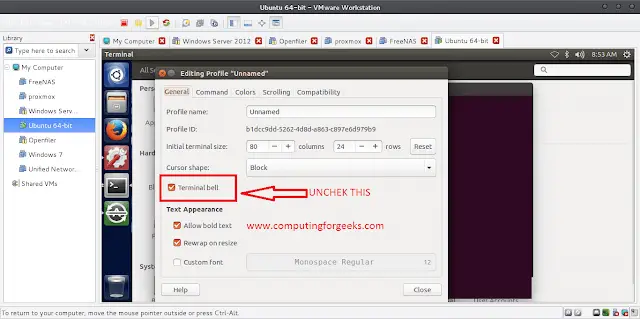React MUI is a UI library that provides fully-loaded components, bringing our own design system to our production-ready components. MUI is a user interface library that provides predefined and customizable React components for faster and easy web development, these Material-UI components are based on top of Material Design by Google.
In this article, we’ll be discussing React MUI Container layout. A container is the most basic layout element and a building block that centers the content horizontally.
Container Layout Variants:
- Fluid: A fluid container width is bounded by the maxWidth prop value.
- Fixed: If you prefer to design for a fixed set of sizes instead of trying to accommodate a fully fluid viewport, you can set the fixed prop. The max-width matches the min-width of the current breakpoint.
- API: The API used in container layout is: <Container />
Syntax:
<Container>
...
</Container>
Creating React Project:
Step 1: To create a react app, install react modules through the npm command.
npm create-react-app project name
Step 2: After creating your react project, move into the folder to perform different operations.
cd project name
Step 3: After creating the ReactJS application, Install the required module using the following command:
npm install @mui/material @emotion/react @emotion/styled
Project Structure:

Step to Run Application: Open the terminal and type the following command.
npm start
Example 1: Below example demonstrates the React MUI Fluid container layout.
Javascript
import * as React from "react"; import Container from "@mui/material/Container"; function App() { return ( <center> <div> <h1 style={{ color: "green" }}>neveropen</h1> <h2>React MUI Container Layout</h2> </div> <div> <Container maxWidth="md"> <div style={{ backgroundColor: "lightgreen", height: "30em", display: "flex", alignItems: "center", justifyContent: "center", }} > <h1>Fluid Layout with <span style={{ color: 'green' }}>"md"</span> as maxWidth</h1> </div> </Container> </div> </center> ); } export default App; |
Output:

Example 2: Below example demonstrates the React MUI Fixed container layout.
Javascript
import * as React from "react"; import Container from "@mui/material/Container"; function App() { return ( <center> <div> <h1 style={{ color: "green" }}>neveropen</h1> <h2>React MUI Container Layout</h2> </div> <div> <Container fixed> <div style={{ backgroundColor: "green", height: "30em", display: "flex", alignItems: "center", justifyContent: "center", }} > <h1 style={{ color: 'white' }}>Fixed Layout</h1> </div> </Container> </div> </center> ); } export default App; |
Output:

Reference: https://mui.com/material-ui/react-container/




